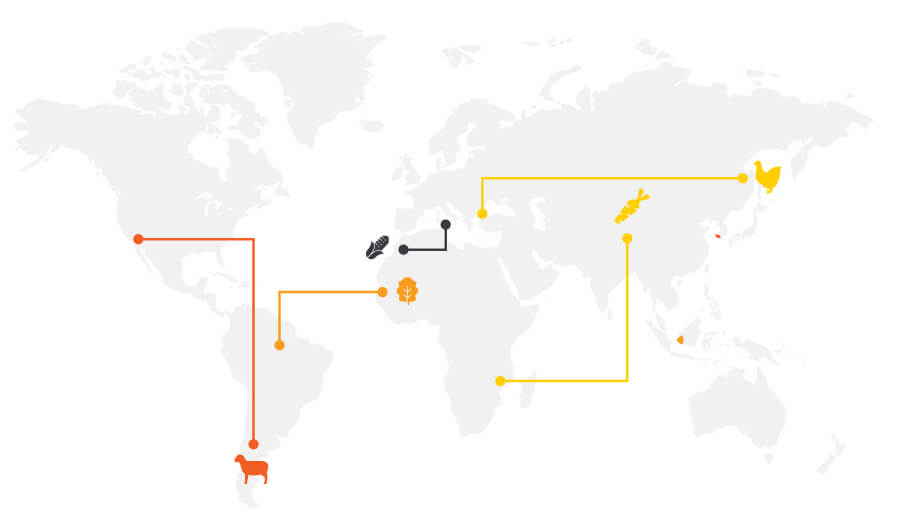
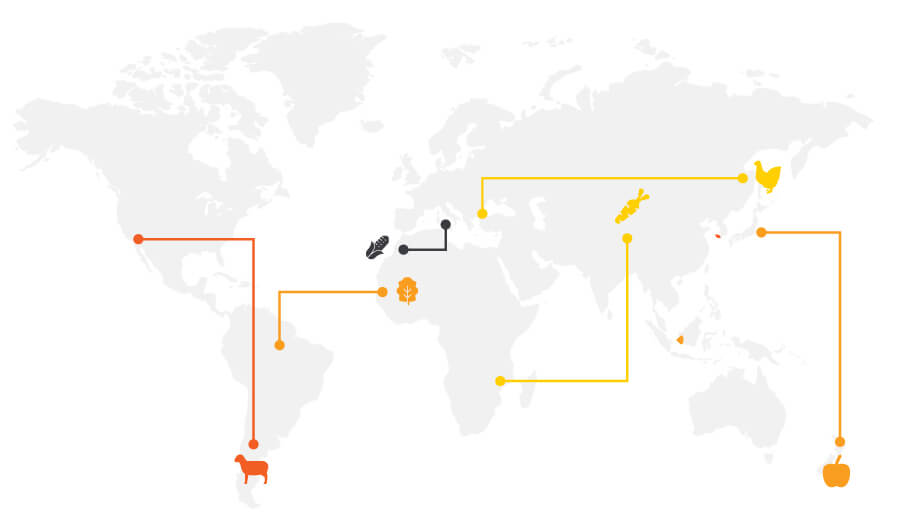



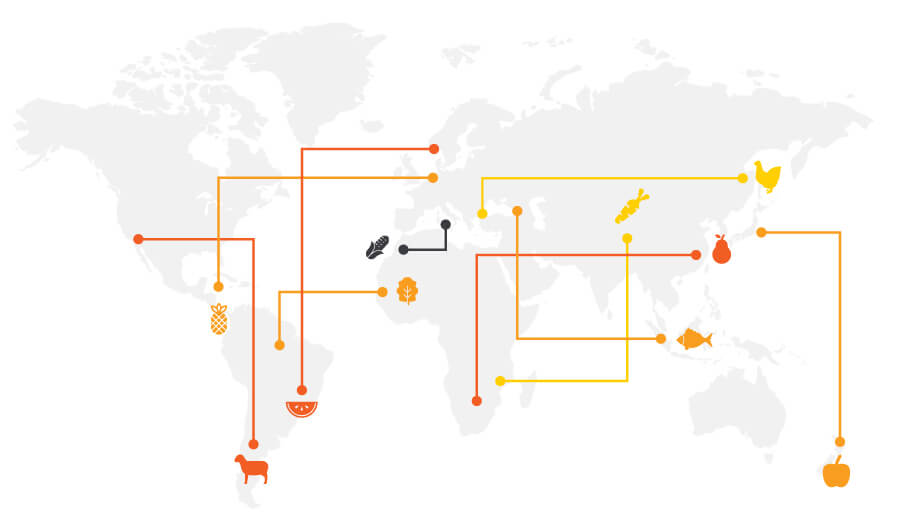
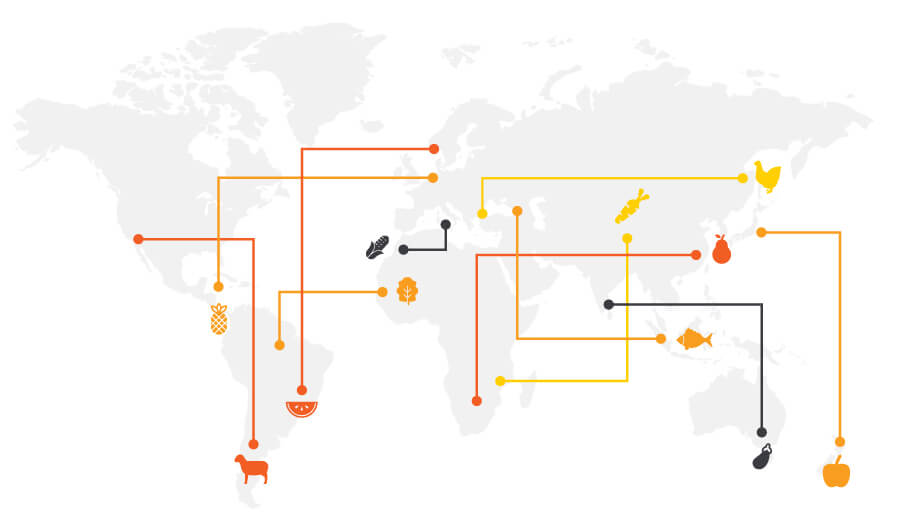
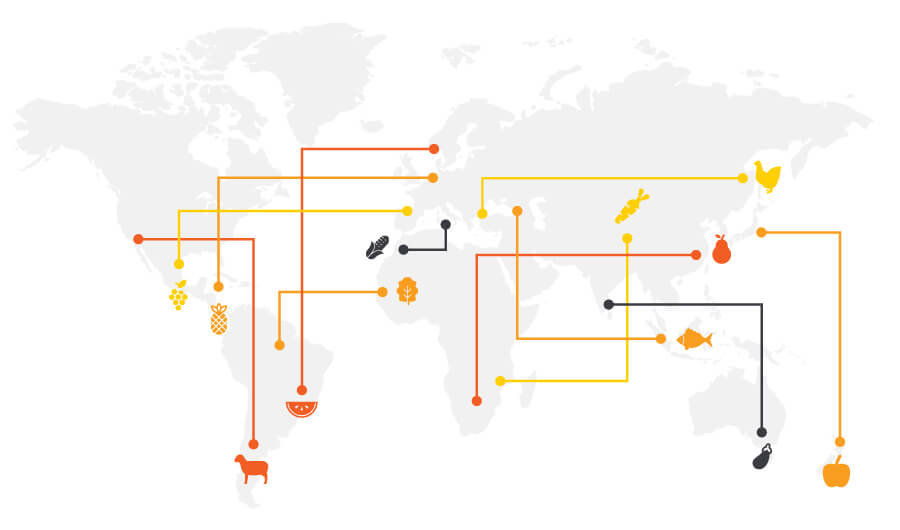
Mindful consumers are demanding far greater insight into the provenance of the food they eat. To meet changing consumer needs, food growers are seeking to consistently deliver produce to the customer in a transparent and trusted way.
New retail models and consumer trends have already caused considerable disruption in the market. The drive for lower costs, improved efficiency, and supply chain transparency has driven consolidation of retailers and growers across the industry.
The fresh produce market has always been subject to substantial risks and complexity. Fresh produce has a fragmented grower base, and has to deliver a highly sensitive product through a multi-stage long distance supply chain.
Against this backdrop of continual change and inherent risks, data exchange and modern technology can play an important role in meeting the challenges the fresh produce industry faces.
The internet, the cloud, blockchain, automation, artificial intelligence: every year seems to bring more technological promises and threats. A fresh produce principal will be asking what these new technologies offer and whether they will cause continued and major disruption to their business and to the fresh produce supply chain.
The benefits of these new technologies will be realised by fresh produce companies that integrate software that is capable of intelligently managing their processes and tasks, and can manage the full range of risks and complexities inherent in the fresh produce supply chain.